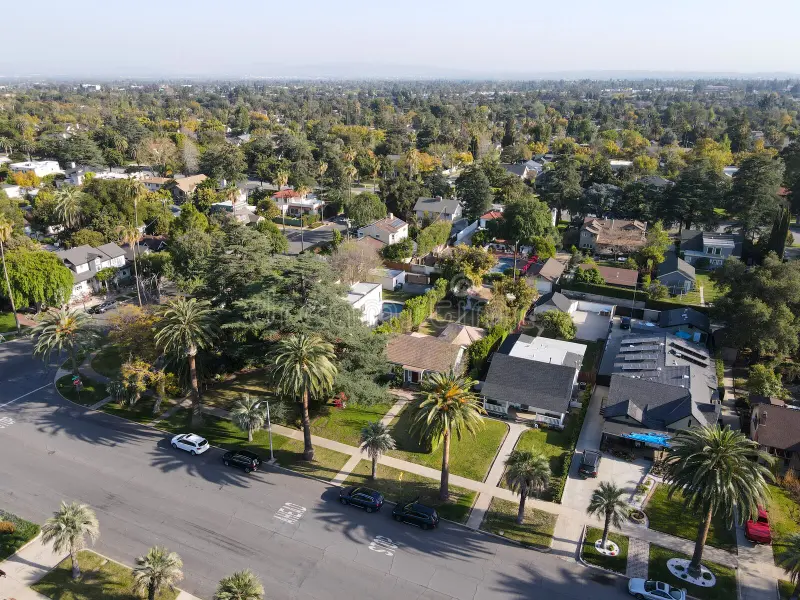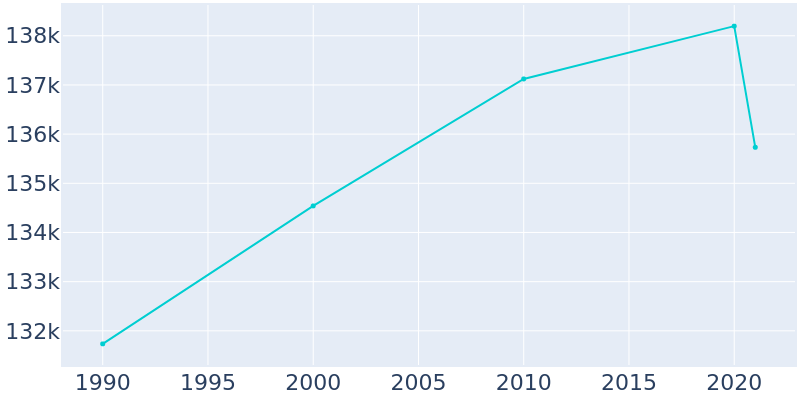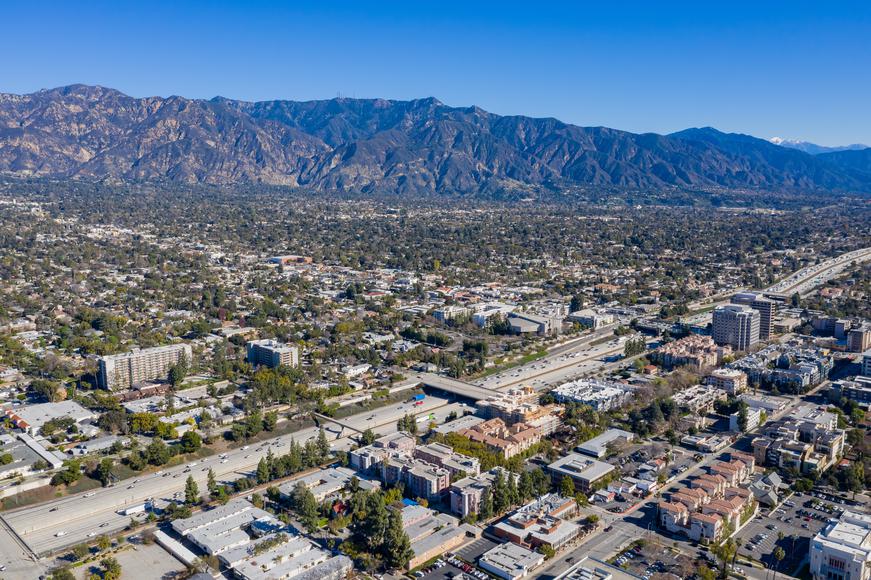Pasadena Population – Pasadena, a picturesque city nestled in Southern California, had a population of approximately 141,500 residents. Known for its historic charm, cultural events, and the annual Rose Parade, Pasadena’s population reflects its diverse community, contributing to the city’s vibrant and inclusive atmosphere. For the most current population data, please consult the latest sources.
Related Post –
Pasadena Population CA
Pasadena is a city in Los Angeles County, California, United States. It is the most populous city and the primary cultural center of the San Gabriel Valley. As of the 2020 census, Pasadena had a population of 138,699, making it the 44th largest city in California and the ninth-largest city in Los Angeles County.
Pasadena California Population
Pasadena’s population has been growing steadily over the past few decades. In 1990, the city had a population of 131,804. By 2000, the population had grown to 133,936. And by 2010, the population had reached 137,122.
The city’s population growth is due to a number of factors, including its proximity to Los Angeles, its strong economy, and its high quality of life. Pasadena is also home to a number of colleges and universities, including the California Institute of Technology and Fuller Theological Seminary.
Population of Pasadena CA
The population of Pasadena, CA is very diverse. The largest ethnic group in the city is Hispanic or Latino, which makes up 42.3% of the population. The second largest ethnic group is White, which makes up 39.1% of the population. Other ethnic groups include Asian (17.9%), Black or African American (7.8%), and American Indian or Alaska Native (0.4%).
Population Pasadena TX
There is no city called Pasadena in Texas. However, there is a city called Pasadena in Harris County, Texas. Pasadena, TX is the sixth largest city in Harris County and the 17th largest city in Texas. As of the 2020 census, Pasadena, TX had a population of 151,877.
Population of Pasadena Texas
The population of Pasadena, Texas is also very diverse. The largest ethnic group in the city is Hispanic or Latino, which makes up 53.7% of the population. The second largest ethnic group is White, which makes up 30.8% of the population. Other ethnic groups include Asian (7.9%), Black or African American (6.2%), and American Indian or Alaska Native (0.4%).
Pasadena Population Trends
The population of Pasadena is expected to continue to grow in the coming years. The city’s population is projected to reach 142,059 by 2026 and 145,420 by 2031.
The city’s population growth is expected to be driven by a number of factors, including its continued economic growth, its high quality of life, and its proximity to Los Angeles. Pasadena is also expected to benefit from the increasing popularity of mixed-use developments, which offer residents a variety of housing, shopping, and dining options in a single location.
Impact of Pasadena Population on the City
The growing population of Pasadena is having a number of impacts on the city. One impact is that the city is becoming increasingly diverse. This diversity is reflected in the city’s schools, businesses, and cultural institutions. Another impact of the growing population is that the city is becoming more congested. This is leading to increased traffic congestion and longer wait times for public services.
The city is also facing challenges in meeting the housing needs of its growing population. The city’s housing market is very competitive, and housing prices are high. This is making it difficult for people to afford to live in Pasadena.
Despite the challenges, the growing population of Pasadena is also having a number of positive impacts on the city. The city’s economy is growing, and new jobs are being created. The city’s tax base is also growing, which is providing the city with more resources to invest in its infrastructure and services. Overall, the growing population of Pasadena is having a mixed impact on the city. The city is becoming more diverse and prosperous, but it is also facing challenges in meeting the needs of its growing population.
Pasadena is a growing and diverse city with a strong economy and a high quality of life. The city’s population is expected to continue to grow in the coming years, which will have a number of impacts on the city, both positive and negative. The city is facing challenges in meeting the housing needs of its growing population, but it is also investing in its infrastructure and services to keep up with the growth.



